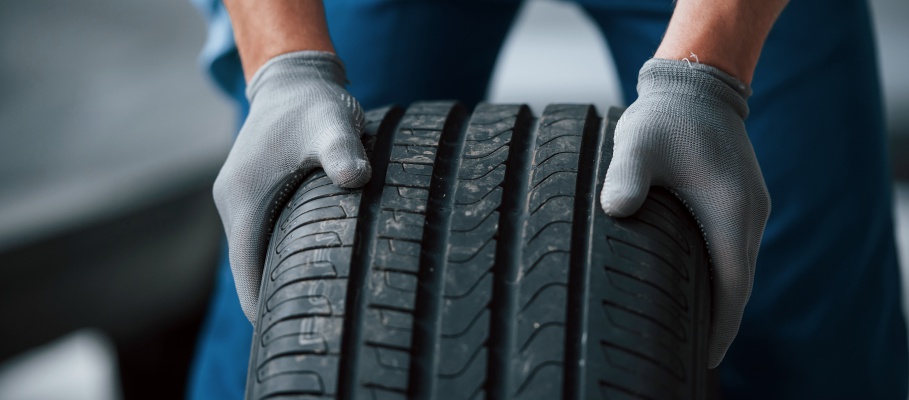Are you ready for a hot semi-truck summer? The warm weather is already here in some places, and truckers need to prepare their vehicles for what lies ahead. While most of this information may seem common sense, it serves as a good reminder for even experienced truckers to take proactive steps to prepare for the coming months.
With more than 15 million trucks and 2 million tractor-trailers on the road, owner/operators need to take special care of their equipment at all times. Here are some things truckers should keep in mind this time of year:
1. Do a summer maintenance checkup
Truckers traditionally make preparations for the harsh winter weather, while summer conditions are sometimes overlooked. Hotter temperatures may mean a new set of measurements and calibration to ensure each component is set to work properly.
Tires
Colder temperatures compress air within the tires, giving off the impression that the tire pressure is too low. Some drivers will put more air into the tires to account for this change. However, once the weather begins to warm up, the air decompresses and can make tire pressure too high. As temperatures rise, do a tire pressure check to set a new normal.
Battery and Engine
Batteries struggle to work their best in cold weather, so keeping a solid charge during the warmer months is usually not a concern. Truckers should double-check their battery, though, heading into summer to ensure it works properly. Sometimes excessive heat can drain a battery, so monitor its charge regularly. Truckers also need to verify their truck engines stay cool as well. Inspect the truck’s coolant levels and hoses to avoid overheating and replace any suspect parts before they break.
AC
Spending all day in a truck without air conditioning sounds like a nightmare. Check internal cooling systems as summer starts, looking for leaks or cracks in the tubing. Get any parts replaced in order to have a comfortable ride no matter how hot it gets outside.
2. Be ready for emergencies
All experienced owner/operators know to be ready for whatever comes their way. That includes creating an emergency kit that can help when something goes wrong. An emergency kit should include items to help truckers survive and recover whenever an emergency happens.
Some key things to have in an emergency kit:
- Several days of food and water
- Extra clothes
- Cash
- Cellphone and charger
- Flashlight
- Toolbox with tools of varying sizes
- Flares
- Swiss Army knife
It’s also a good idea to keep a first-aid kit in the truck. Use the beginning of summer as an opportunity to check that everything in the kit is current and replace any items that may have expired.
3. Take care of your health
It is vital that owner/operators take care of their physical and mental health at all times. During the summer months, truckers should wear sunscreen each day, even if they do not plan to spend much time out of the cab. While some truck windows protect from harmful UV light, truckers may often find themselves outside and need that layer of protection.
Truckers should also stay hydrated, drinking water and other healthy drinks while avoiding soda. Staying hydrated will help keep drivers alert while driving and avoid any possible distractions from feeling thirsty or dehydrated.
It’s also important to focus on regulating emotions on the road. The summer typically means more drivers on the road, especially on weekends. This may lead to increased traffic or more inexperienced drivers trying to navigate the increased traffic. Truckers must remember this fact and attempt to stay calm during stressful driving situations.
Preparing for a Busy Year
With the COVID-19 pandemic continuing to fade away, more and more people this summer are expected to travel. Even with increasing gas prices, there is expected to be a significant amount of traffic on the road as people want to leave their homes after spending much of the past year stuck inside.
Both owner/operators and other truckers must be prepared for this surge and ensure both their trucks and themselves are prepared for what comes ahead. For many truck drivers, the summer season may be seen as a respite from the snowy and icy conditions of winter. Summer brings its own challenges, but by taking the steps mentioned above, they can feel prepared and ready to take on the coming months.








